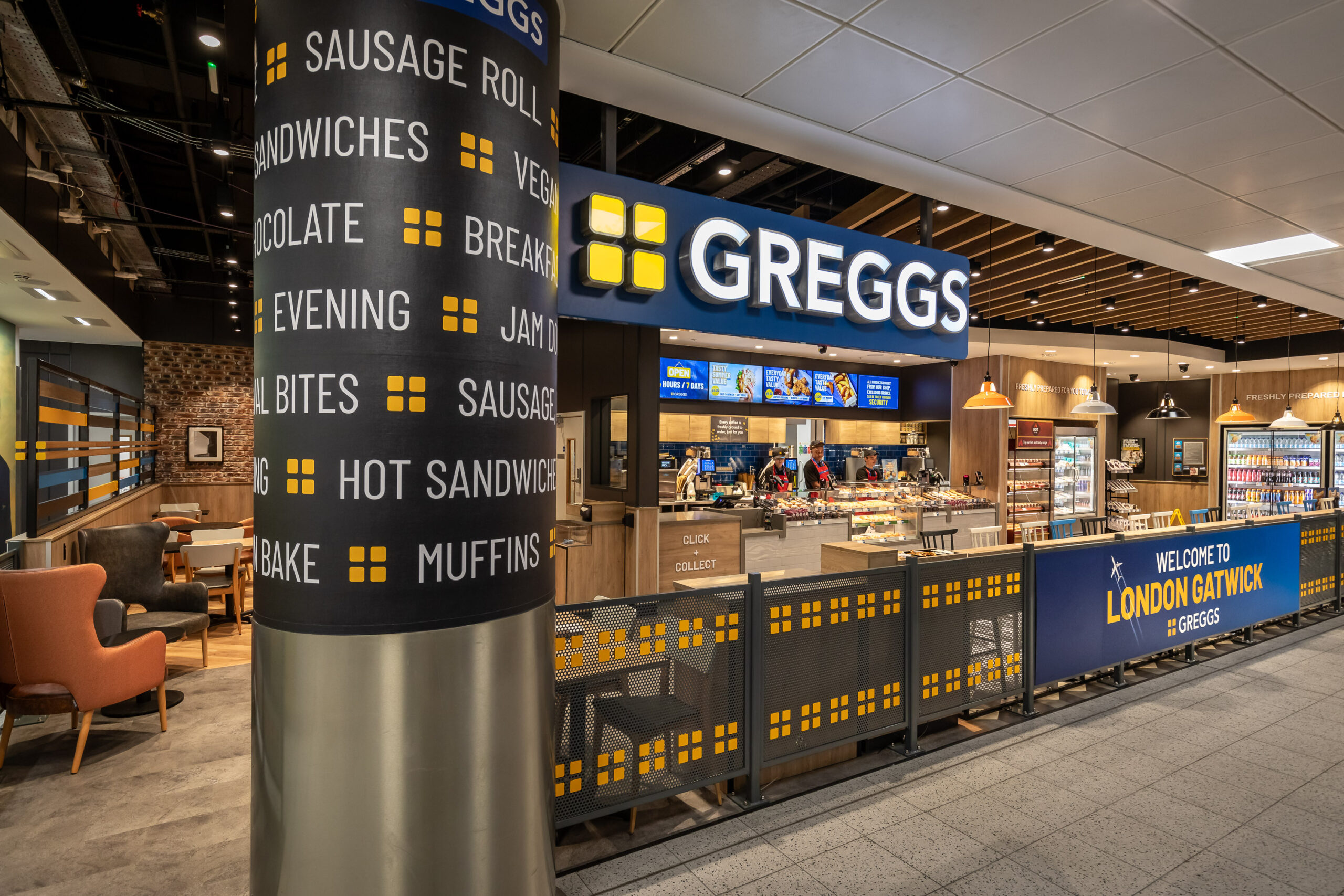It has become increasingly apparent that the UK‘s retailers have been hit by the growth of online competitors, unseasonal weather and changes in consumer spending.
Credit rating agency Moody‘s has issued the most recent warnings concerning the country‘s hostile fashion sector. While consumer confidence has risen, footwear and clothing expenditure has continued to fall since mid-2014.
In light of this, Moody‘s predicts that fashion sales at Next and Marks & Spencer will continue to suffer with lower profits in the next year and a half. This will not come as a surprise to either retailer as Next‘s Chief Executive Lord Wolfson announced last month that the retailer was confronting its “toughest year” since 2008. Marks & Spencer‘s new CEO also stepped into his new role fully aware of the company‘s struggling clothing business.
“Whilst it is still early days and there is possibly some upside to the guidance, the environment has become less supportive for non-food textile retailers, which is likely to affect profit growth in 2016 to 2017,” said Ernesto Bisagno, Senior Analyst at Moody‘s.
Figures from the British Retail Consortium showed that clothing and footwear sales on the high street fell to its lowest level in two years in March.
Looking at the long-term picture, the rolling 12-month average growth slowed to 1.4pc, its lowest since August 2015,” said Helen Dickinson, Chief Executive of BRC.
“This slowdown can‘t be viewed in isolation; retail is an industry undergoing significant structural change as the investment in the digital offer continues apace while, from a consumer perspective, more disposable income is being spent on leisure and entertainment.”
“Earlier Easters are not always good for the fashion industry as consumers are put off purchases of lighter fashions in cooler temperatures and this was certainly the case here” added David McCorquodale, Head of Retail at KPMG.
Barclaycard research found that women‘s clothing sales fell 1.2% last month while garden centre spending also dropped by 3.5%.
In grocery spending, additional figures from Barclaycard showed that 51% of consumers now user a combination of big four grocers and discount stores for their weekly shop.
“Spend on non-essential items grew at the slowest rate since 2014, while the emerging trend for compartmentalisation in the weekly shop, with people willing to mix and match between discount stores and more established high street retailers, suggests shoppers continue to place a premium on value for money,” said Paul Lockstone, Managing Director of Barclaycard.









